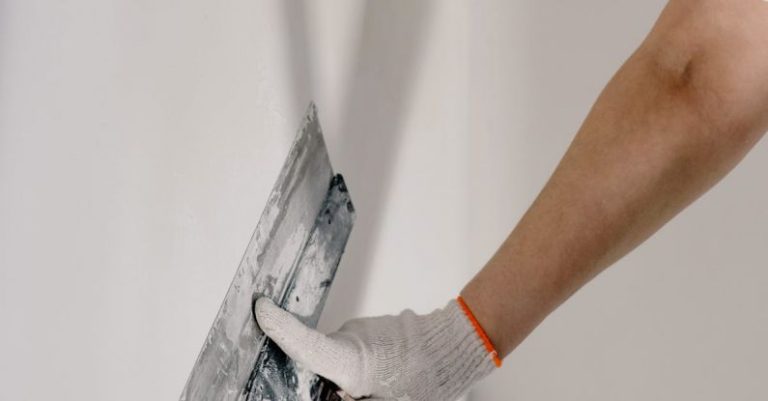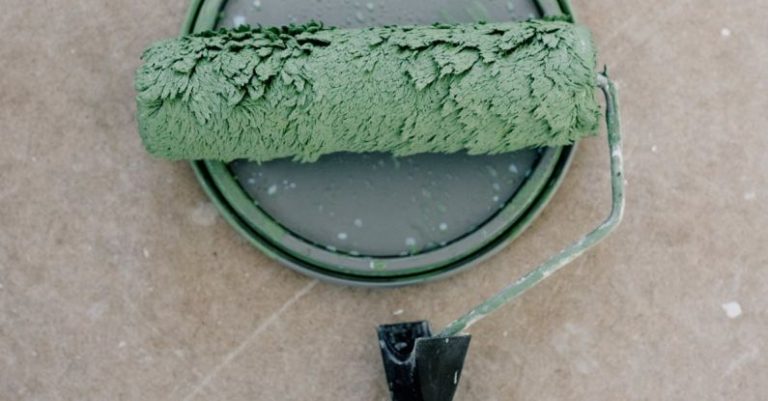Diy Soundproofing with Composite Materials
Creating a peaceful and quiet environment within your home is essential for relaxation and focus. Unwanted noise can disrupt your daily routine and affect your overall well-being. Fortunately, there are effective ways to soundproof your living space using composite materials. By incorporating these materials into your DIY soundproofing project, you can significantly reduce noise transmission and improve the acoustics of your home.
Understanding Composite Materials for Soundproofing
Composite materials are engineered materials made from two or more constituent materials with different properties. These materials are known for their durability, strength, and versatility. When it comes to soundproofing, composite materials offer excellent sound insulation properties due to their ability to dampen and block sound waves effectively.
Types of Composite Materials for Soundproofing
1. **Mass Loaded Vinyl (MLV)**
Mass Loaded Vinyl is a dense and flexible material that is highly effective in blocking sound transmission. It is commonly used in soundproofing walls, floors, and ceilings. MLV is easy to install and can be cut to fit specific areas, making it a popular choice for DIY soundproofing projects.
2. **Acoustic Foam Panels**
Acoustic foam panels are lightweight and porous materials that absorb sound waves, reducing echo and reverberation in a room. These panels are ideal for controlling noise in home recording studios, home theaters, or any space where sound quality is important.
3. **Cork**
Cork is a natural soundproofing material that is both sustainable and effective. It is often used as underlayment for flooring to reduce impact noise. Cork is also a great insulator against temperature changes and can add a layer of warmth and comfort to your home.
4. **Fiberglass Insulation**
Fiberglass insulation is a versatile material that can be used for both thermal insulation and soundproofing. It is commonly installed in walls and ceilings to reduce noise transmission between rooms. Fiberglass insulation is easy to work with and provides excellent sound absorption properties.
Tips for DIY Soundproofing with Composite Materials
– Before starting your soundproofing project, identify the areas in your home that require soundproofing. Common areas include walls, floors, ceilings, doors, and windows.
– Choose the right composite materials based on the type of noise you are trying to block. For example, MLV is effective in blocking airborne noise, while acoustic foam panels are better for absorbing sound within a room.
– Proper installation is crucial for the effectiveness of soundproofing materials. Make sure to seal any gaps or cracks in walls, floors, and ceilings to prevent sound leakage.
– Consider using a combination of soundproofing materials for better results. For example, you can combine MLV with acoustic foam panels for enhanced sound insulation.
Enhancing Your Home with DIY Soundproofing
By incorporating composite materials into your soundproofing project, you can create a peaceful and quiet sanctuary within your home. Whether you are looking to reduce noise from neighbors, traffic, or household activities, soundproofing with composite materials offers a practical and affordable solution. With the right materials and proper installation techniques, you can enjoy a quieter and more comfortable living environment.






